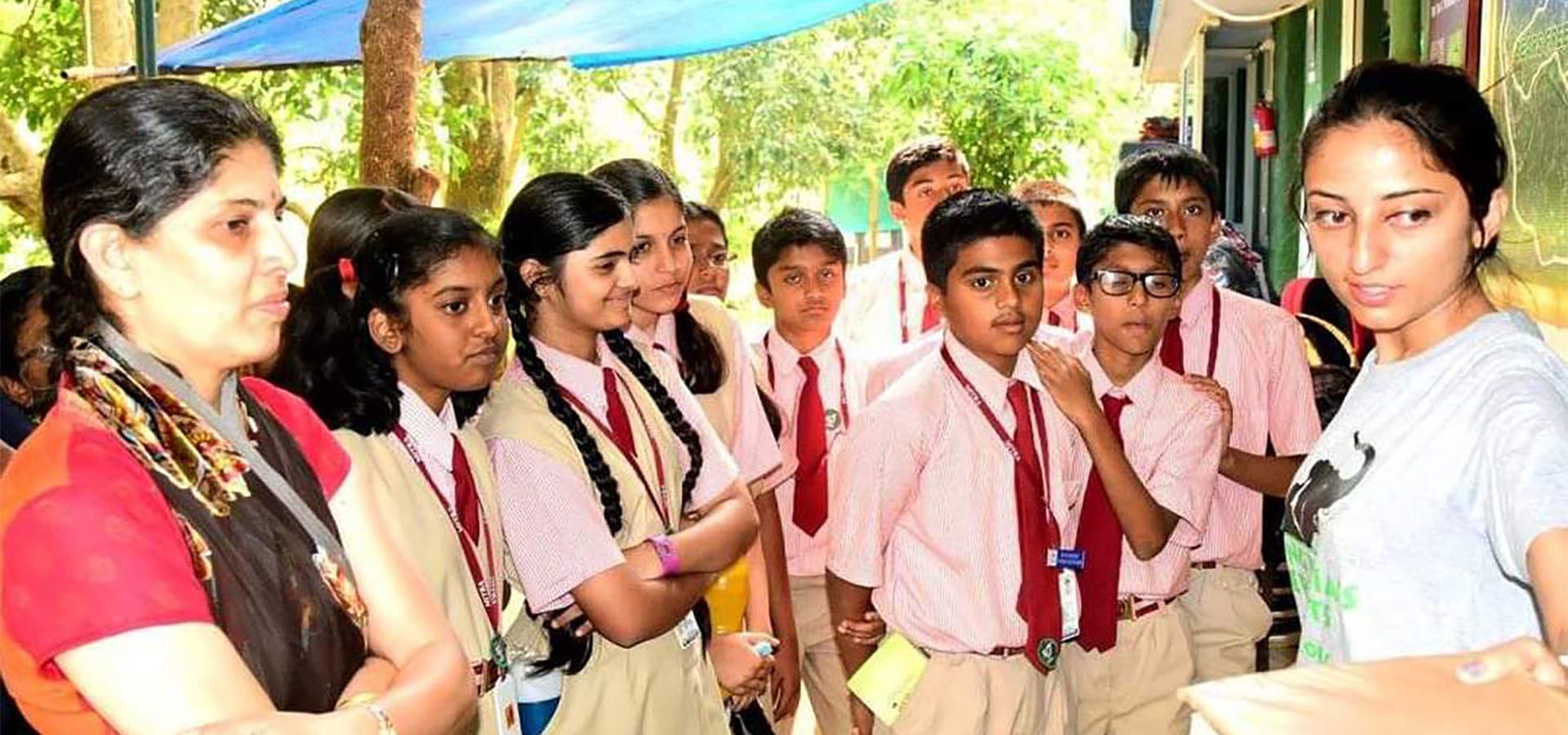We shine the spotlight on this month’s staff highlight who is an extremely driven member of the Wildlife SOS team and a fundraising superhero. Sandhi Priya, Deputy Director – Corporate and Philanthropic Partnership, Wildlife SOS comes with a huge bank of knowledge regarding wildlife conservation, sustainable development, rural livelihood programs, human-wildlife interactions, climate resilience, gender issues and of course, corporate communications and fundraising. Through this candid conversation, we try to get to know Sandhi a little more!
Wildlife. What does it mean for you, and what got you interested in wildlife?
Both my parents are wildlife enthusiasts. I was born in Dehradun, my mother is a former cartographer with the Forest Survey of India and my father is a former Defence employee. I was always an outgoing child – in the sense that I was always a person in love with the outdoors, exploring things and travelling more to areas where I experienced nature and wildlife. So due to my family background, I have always been an avid nature lover and wildlife enthusiast since the very beginning. For me, wildlife is full of responsibilities – a holistic responsibility not just in terms of beautification, but in terms of conservation, opportunities, defining a country’s heritage and diversity, and defining the responsibility of a country’s citizens in determining how they are toward Mother Nature. So I don’t have a single word to describe what wildlife means, but definitely you have to look at wildlife from a lens other than the beautification aspect.
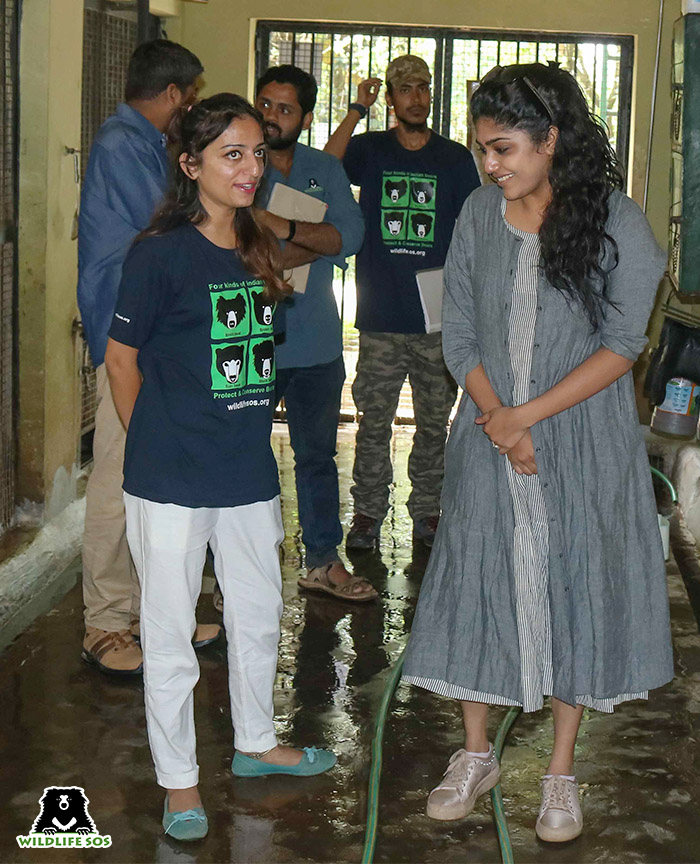
When did you realise that wildlife is in danger and that you need to work to conserve them?
When in 2014, I was working with WWF to mitigate human-wildlife conflict, I had to conduct a lot of surveys in Rajaji National Park (Uttarakhand). I realised during those surveys that people living in the peripheries of these Parks are dependent on forests in some way or the other, and if you remove them from the equation, the entire forest will be impacted. These people can be the change makers just like how we saw in the Chipko movement. During my time at Rajaji, I became quite attached to wildlife, forests and also the people living in and around. But poverty also plays a major role in all of this. Due to poverty and a lack of resources, the wildlife was also getting impacted. That is when I decided to work for the conservation of wildlife, and Nature and a whole.
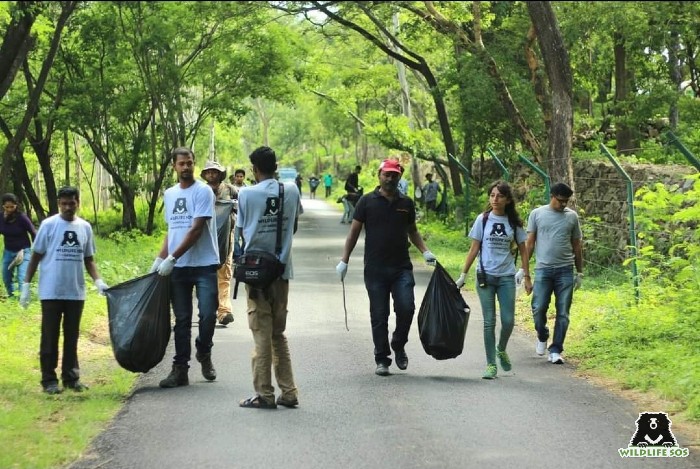
How did you get involved with Wildlife SOS? And how has your journey been with Wildlife SOS thus far?
I moved to Bangalore and started working with an organisation called Samvada, for the transgender and LGBTQ community. But I realised that my heart lies with the environment and wildlife. That is when I came across Wildlife SOS and started working with their Bangalore project in April 2016. The journey has been nothing short of thrilling and adventurous. I started with three people and at one point I was the only person in the entire fundraising department, which meant taking up a lot of responsibility and doing a lot of things on your own. But Wildlife SOS gave me so many opportunities in terms of how to write things and connect with people, and taught me that one should be versatile enough to grow in life, especially in the field of conservation. If you have to raise funds one has to reach out to people, and encouraging people to donate to a cause such as ours can be challenging at times.
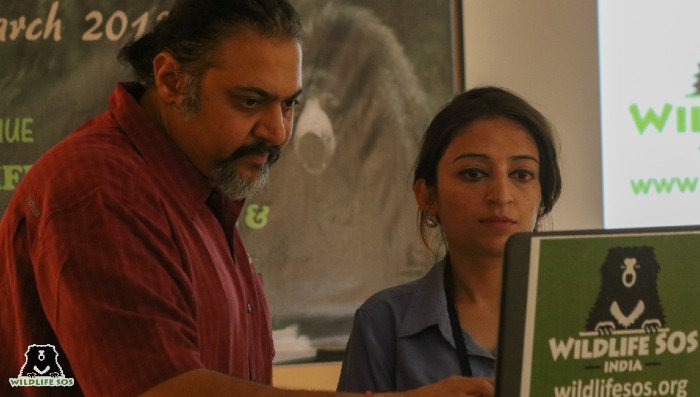
In that context, fundraising is actually one of the most crucial pillars in this line of work. What are the sort of challenges you face in fundraising?
In terms of fundraising, getting it right matters. Fundraising completely thrives upon creativity and new ideas. It also focuses on how you can capture the interest and enthusiasm of your donors. The biggest challenge is always finding new supporters because you cannot put too much pressure on the existing ones. Moreover, people are very careful these days about who they are giving money to and are always thorough with their research. Another challenge is the constant engagement with the supporters, in the form of sending them stories and updates, thanking them multiple times for their contribution and also maintaining a good personal rapport. Sometimes we even need to address the grievances of our donors.
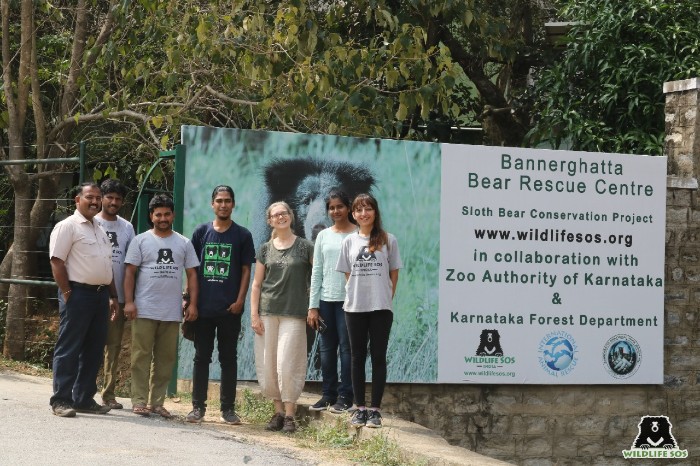
Who is your conservation role model and how does the person inspire you?
I have quite a lot of them, but the first person which comes to my mind is Geeta (Seshamani), our Co-founder. I have been a follower of her work for quite a long time because she has been a wildlife conservationist, animal rights activist and a teacher, and has been managing a lot of things on her own when it comes to Friendicoes (the sister organisation of Wildlife SOS). I am also strongly influenced by Michelle Obama because of her advocacy regarding various issues such as poverty, education, health and nutrition and so on.
I know you operate out of Bangalore. Does that automatically make bears your favourite animal and BBRC your favorite centre?
BBRC is absolutely my favourite centre and there’s no doubt about it. Besides, I love and admire elephants but my favourite animal currently would be dholes, since I am fascinated by them.
Some of your most favourite and memorable moments working for Wildlife SOS.
When I started working at the Bangalore centre, I got an opportunity in 2017 to go and visit the other centres. First I reached the Elephant Conservation and Care Centre in Mathura, and seeing the place was completely mesmerising for me. That experience entirely changed my perspective about how I approached my fundraising appeals and made me push even harder. Seeing these animals being greatly taken care of by our staff and veterinary team was a magical experience. I witnessed how huge the facility was and we are trying to raise funds for it so that these animals can have a proper diet, medical care, and there are pools specifically designed for elephants where they can bathe. So that entire visit changed my mindset and drove me to work even more passionately.
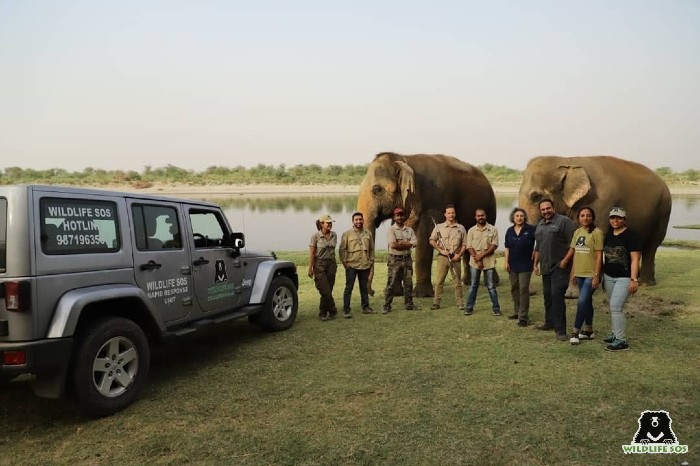
To end on a good note, what is your vision?
I want to continue to help NGOs overcome the barriers of fundraising in order to conserve India’s natural heritage. Therefore, assisting NGOs to advance philanthropy to enhance their missions and create improved outcomes for the communities they serve is more than my job – I see it as my calling.

